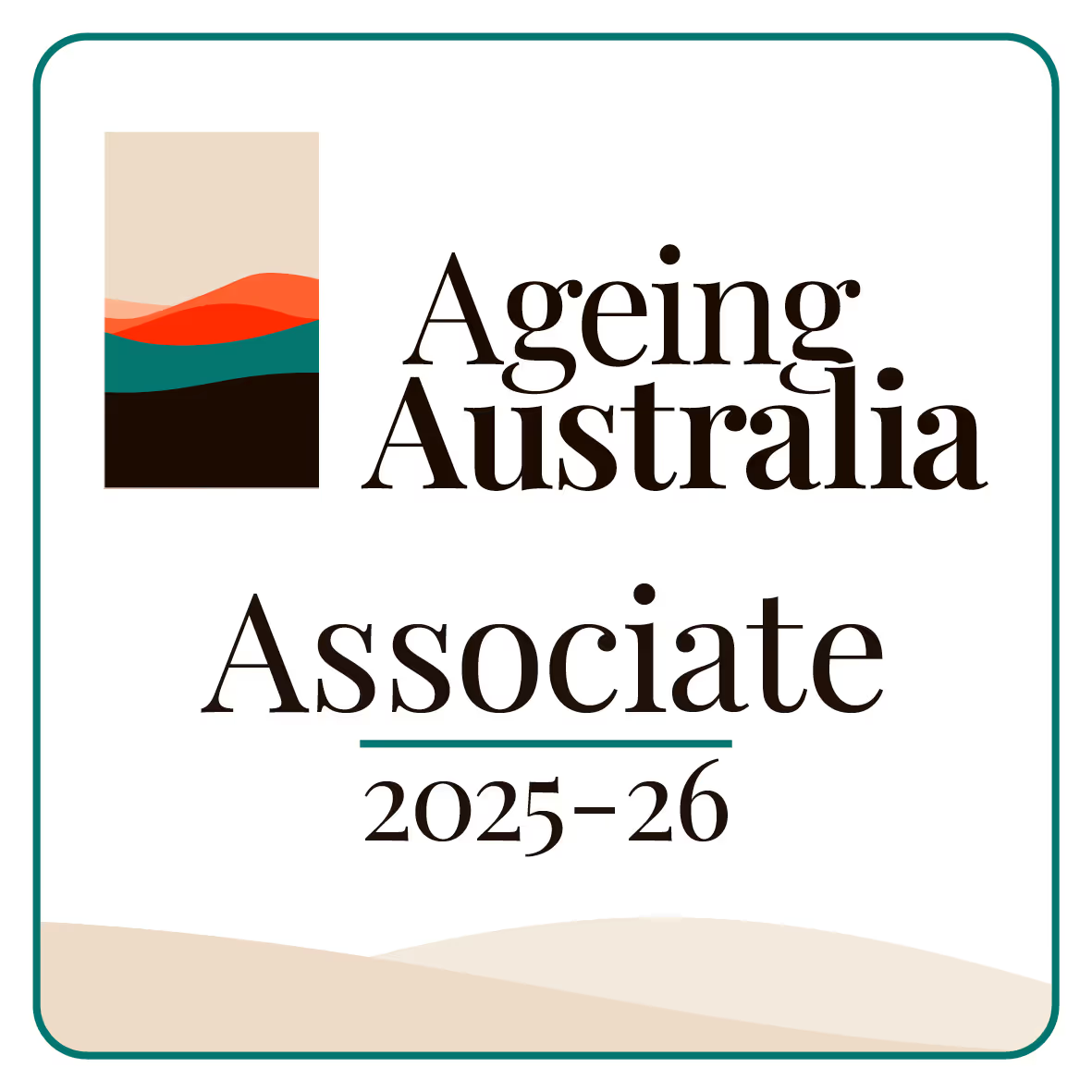Working in an aged care facility is more than a job—it is a responsibility. You are not just looking after the residents’ daily needs; you are their shield against infections. Infection control in such settings can feel like spinning plates, but with the right steps, you can keep those plates spinning smoothly.
Let us dive into practical, clear steps to keep your care facility hygienic, safe, and healthy for everyone.
Why Infection Control Matters
Think of infection prevention like putting a lock on the door of a house. It keeps unwanted intruders—in this case, germs and bacteria—at bay. In aged care facilities, where residents are more vulnerable due to age or pre-existing health conditions, this "lock" needs to be extra secure.
Without proper hygiene measures, infections can spread like wildfire, impacting not only residents but also staff and visitors. This is why every action, from washing hands to sanitizing surfaces, plays a part in protecting lives.

Hand Hygiene: Your First Line of Defense
They say you cannot beat the basics, and when it comes to infection control, nothing beats hand hygiene. Washing your hands might seem like old news, but it remains one of the most effective ways to prevent infections.
When Should You Wash Your Hands?
- Before and after touching a resident.
- Before preparing or serving food.
- After using the restroom or assisting a resident with toileting.
- After handling waste, dirty laundry, or equipment.
Remember, clean hands are happy hands—and they make for healthy residents too. Use soap and water for at least 20 seconds, or opt for an alcohol-based sanitizer when water is not available.
Environmental Hygiene: A Clean Space is a Safe Space
Keeping a care facility clean is not just about appearances. It is about safety. Every surface, corner, and object has the potential to harbor germs, so regular cleaning is non-negotiable.
Key Tips for Facility Hygiene
- Daily Cleaning: High-touch surfaces like door handles, light switches, and shared equipment need daily attention.
- Disinfection: Use effective disinfectants for thorough cleaning, paying extra attention to bathrooms, kitchens, and common areas.
- Proper Waste Disposal: Separate general waste from hazardous waste to avoid cross-contamination.
Pro tip: Do not forget about those often-missed spots—remote controls, keyboards, and elevator buttons are sneaky hiding places for germs.
Personal Protective Equipment (PPE): Dressing for the Job
Personal protective equipment is like your armor in the fight against infections. Knowing when and how to wear it is just as important as having it on hand.
Common PPE and When to Use Them
- Gloves: Use when in contact with body fluids, contaminated surfaces, or when cleaning.
- Masks: Wear to protect yourself and residents during outbreaks or when working close to someone ill.
- Gowns and Aprons: Essential when handling soiled linen or during specific medical procedures.
Make sure to dispose of used PPE properly to avoid spreading contaminants.
Infection Prevention Strategies for Staff and Visitors
Infection control is a team effort. It is not just about what you do but also about ensuring everyone entering the facility is on the same page.
Staff Training
Regular training sessions can keep everyone updated on the latest infection prevention practices. Think of it as sharpening your tools for the job.
Visitor Guidelines
Visitors can unintentionally bring germs into the facility. Encourage them to wash their hands upon arrival and limit visits during illness outbreaks. You might feel like the bad guy asking Aunt Margaret to sanitize her hands, but it is better than putting her loved one at risk.
Food Safety: More Than Just Tasty Meals
Healthy meals are crucial for residents, but food can also be a vehicle for infections if not handled correctly.
Tips for Safe Food Handling
- Always wash fruits and vegetables thoroughly.
- Cook meats to the proper temperatures to kill harmful bacteria.
- Store perishables in a cool, dry place, and discard anything past its use-by date.
You are not just feeding the residents; you are protecting them from potential health hazards.
Managing Outbreaks: Staying Ahead of the Curve
Despite your best efforts, infections may still find their way into the facility. Do not panic—being prepared is half the battle.
Steps to Manage an Outbreak
- Isolate Affected Residents: Limit their contact with others to prevent further spread.
- Notify Staff and Families: Communication is key to managing expectations and ensuring everyone is on high alert.
- Step Up Hygiene Protocols: Increase cleaning frequency and enforce stricter PPE usage.
Keeping calm and following these steps can help you regain control swiftly.

Building a Culture of Safety
Infection control is not a one-person show. It requires a collective effort where everyone understands their role and takes it seriously. Encourage open communication, regular feedback, and a shared sense of responsibility among staff.
Remember, protecting residents is not just about following rules—it is about creating an environment where they feel safe and cared for.
Final Thoughts
Caring for others is one of the most fulfilling jobs out there, but it comes with its challenges. Infection control may seem like a mountain to climb, but step by step, you can conquer it. Think of every precaution as a brick in the wall of safety you are building for your residents.
Your efforts matter. Every clean hand, sanitized surface, and thoughtful action brings you closer to a healthier, safer care facility. Keep up the great work—you are making a difference.










